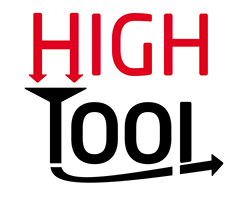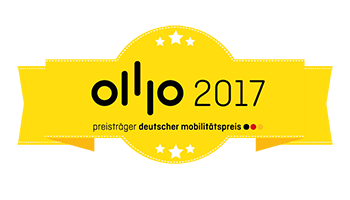HIGH-TOOL
- Ansprechperson:
- Förderung:
Im Auftrag der Europäischen Kommission, Generaldirektion Mobilität und Verkehr
- Starttermin:
2013
- Endtermin:
2016


HIGH-TOOL: Strategic high-level transport model
Project funding
 The HIGH-TOOL project was funded by the European Commission (DG Mobility and Transport) under FP7.
The HIGH-TOOL project was funded by the European Commission (DG Mobility and Transport) under FP7.
Project summary
Within the HIGH-TOOL project (FP 7), an open source, high-level strategic assessment model has been developed for use by EU policy makers and policy analysts to assess economic, social and environmental impacts of transport policy measures. The model has two purposes. It can be applied to strategic assessment of transport policy options, and to support identification of policy options for further analyses by more detailed assessment instruments. The HIGH-TOOL model has a modular structure and consists of following modules: Economy & Resources, Demography, Passenger Demand, Freight Demand, Vehicle Stock, Environment, and Safety.
The HIGH-TOOL model was introduced successively during the project in order to facilitate the active participation of users. Its development has been divided into three stages: prototype, pre-final version and final version.
KIT (ECON, Network Economics) was the co-ordinator of the project, had key responsibility in the development of the passenger demand module, and was involved in many other model development-related tasks.
The HIGH-TOOL project was awarded the German Mobility Award (Deutscher Mobilitätspreis) 2017 by the German Ministry of Transport and Digital Infrastructure (BMVI) and the Land der Ideen Management GmbH.
Consortium
- Karlsruhe Institute of Technology, Germany (coordinator), Germany
- MCRIT S.L., Spain
- Netherlands Organisation for Applied Scientific Research TNO, Netherlands
- MKmetric Gesellschaft für Systemplanung mbH, Germany
- Panteia, Netherlands
- Transport & Mobility Leuven NV, Belgium
- Significance, Netherlands
- FÖMTERV Zrt., Hungary
